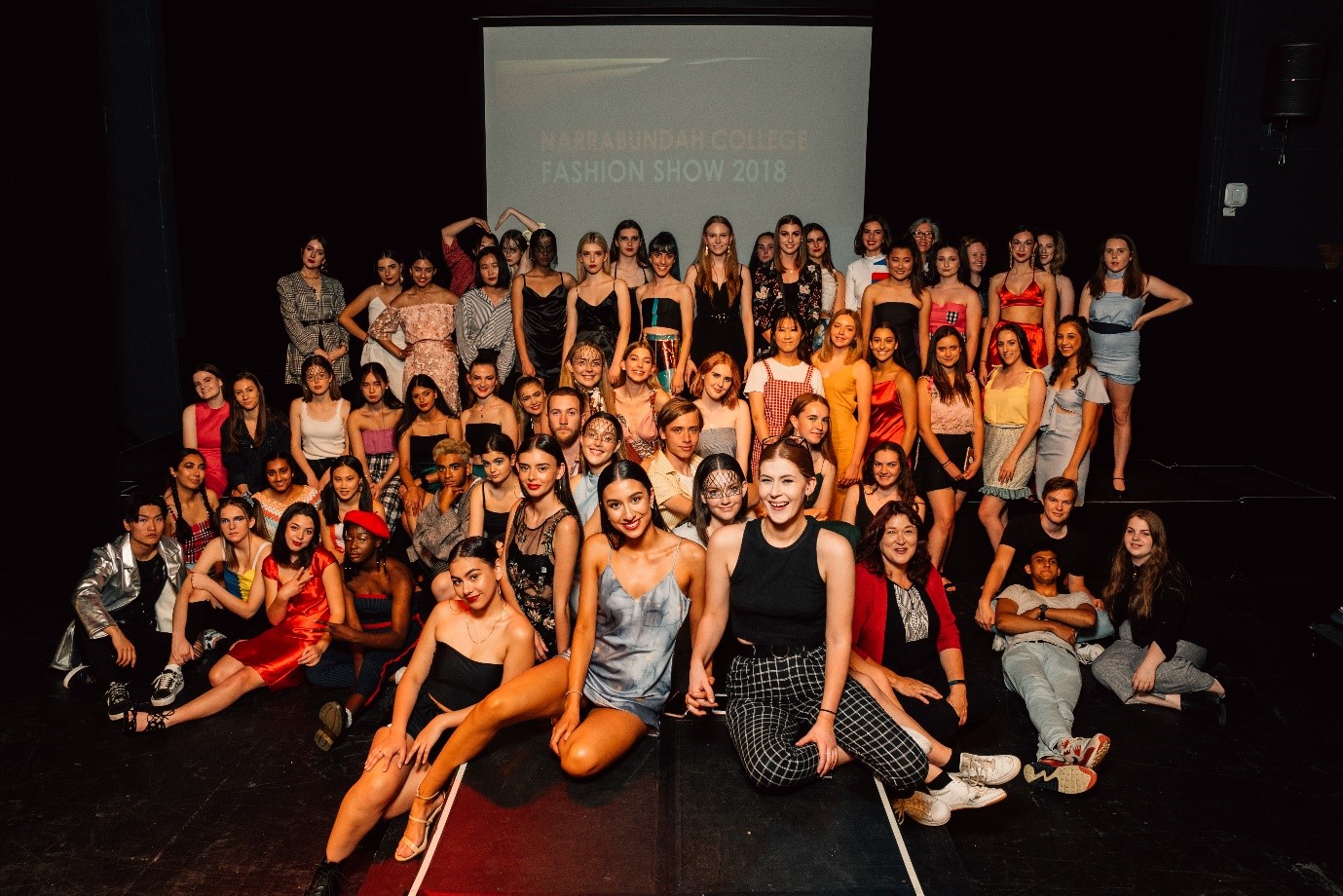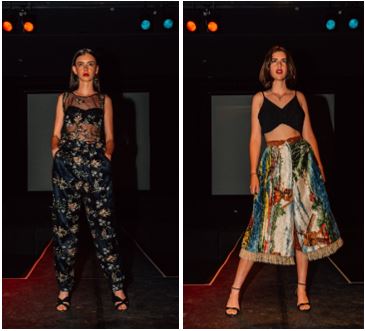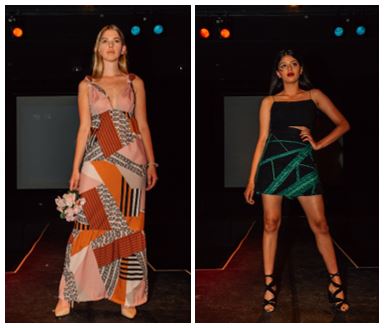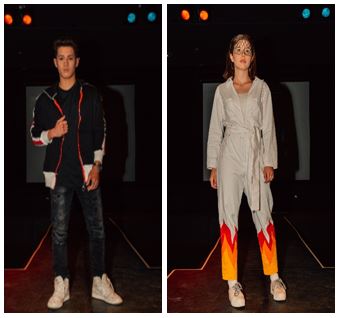A & T
At Narrabundah College, we offer the following Textiles/Fashion courses:
- Design and Textiles (T)
- Design and Textiles (A)
Students may complete either a Double Major, Major or Minor course of study.
Double major - students may integrate a unit from Design & Emerging Technologies with a textiles/fashion focus to complete a double major - consisting of 1 unit in session 1 in year 11 and 1 unit in session 3 in Year 12 and 2 units in every other session.
The Design & Textiles course focuses on design thinking and the application of the design process to create and develop practical solutions using textiles/fashion as a medium. Students learn about the design and related industries by exploring - fundamentals of design, emerging technologies, textile futures, history and culture, sustainability, and ethics. Students apply innovation, creativity, problem solving, collaboration and project management skills in making appropriate design solutions.
Design and Textiles is an interdisciplinary course of study and forms the basis for further education and employment in the design fields such as interior design or decoration, personal styling, fashion design, industrial design, costume design, production manufacture, architecture, landscape architecture and textile technologies.
Design Aesthetics – Sessions 1 & 3 Year 11
This unit examines the value of aesthetics and its relationship to design theory. Students engage with established fashion/textiles design methodologies for generating creative design concepts. They investigate and experiment with strategies for idea generation and product development, incorporating the medium of textiles. Special areas of focus may vary each year.
Session 1 – introduction to patterns, fabric & sewing technologies, construction, embellishment, elements & principles of design & the design process.
Session 3 – fabric printing & dyeing
Design for Futures – Sessions 1 & 3 Year 12
This unit examines the future of design within the context of textiles/fashion. Students examine technological tools and processes to create solutions and/or products for the 21st century, with special consideration given to sustainability. Students will design and produce garments/outfits or textile items using recycling, up-cycling and repurposing techniques and explore eco textiles and technological developments in fashion & textiles. Special areas of focus may vary each year.
Session 1 – recycling, up-cycling & repurposing & technological developments
Session 3 – eco textiles (including eco printing/dyeing) & technological developments.
Design for Purpose – Session 2 Year 11 & Year 12
This unit examines how designers create for end purpose, using relevant criteria and considering the user’s experience. Students engage using a range of textile mediums to design solutions and create a product with consideration given to needs, purpose and product performance. Aspects of developing fashion or textile products that are suited to activities or areas of design are explored. Special areas of focus may vary each year and can include: Costume, Couture Fashion, Utilitarian Fashion, Fashion Accessory Design and Textile Design for Interiors. There may be opportunities for excursions to attend exhibitions and visit design businesses.
Design for Communication – Session 2 Year 11 & year 12
This unit examines communication theories, methodologies, and meanings within the area of design and textiles. Students develop skills in creating ideas to convey visual messages in the design, making and promotion of textile/fashion solutions. Aspects of developing your own brand/label and design philosophy for fashion and textiles are explored. Special areas of focus may vary each year and can include: Fashion Design - creating a designer label/brand, Wearable Art, Embroidery, Fashion Illustration, historical and cultural aspects of fashion. There may be opportunities for excursions to attend exhibitions and visit fashion businesses.
Negotiated Study - Sessions 1 & 3 Year 12 completing a major or double major
In this unit students investigate contemporary issues relating to textiles and fashion. The design process is used to frame the problem and create a solution.
Are you interested in a particular area of fashion or textile design that has not been covered by the course? If so, this unit is available to you, if you have successfully completed 2 standard units. You choose your own special topic to research, design and construct a project to communicate your creativity.
Session 1 – individual project.
Session 3 - students have the opportunity to design their own section of the annual Narrabundah College Fashion Parade, organised by the student group




